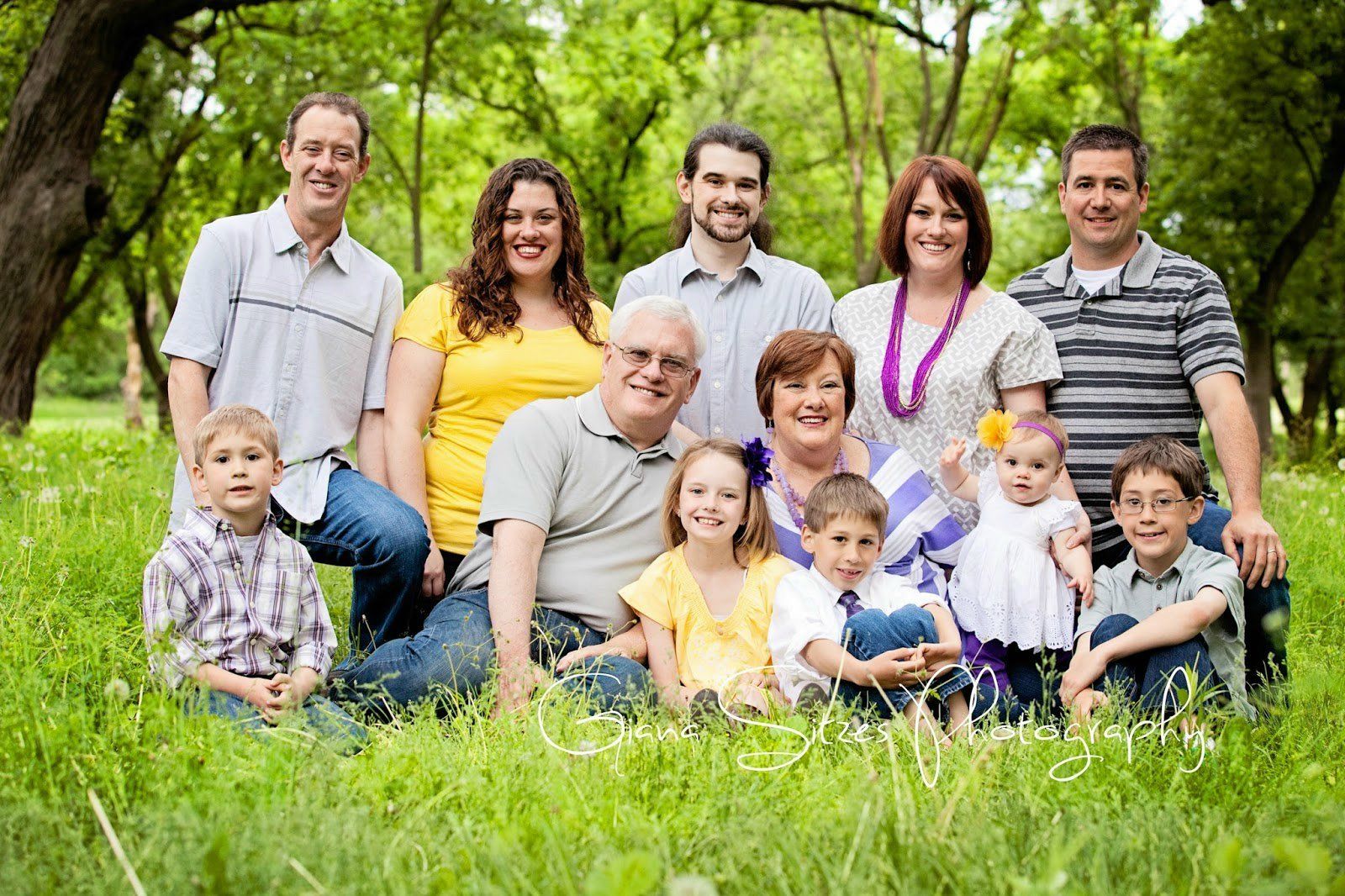Growing up in a small town, I found a sanctuary in my grandmother’s garden. Every spring, she transformed into a devoted maestro, carefully nurturing seedlings and coaxing vibrant flowers into bloom. Her wooden greenhouse, a charming and rustic structure, overflowed with warmth and character. The intoxicating scent of fresh earth mingled with the sweet aroma of blooming flowers—an enchanting experience that sparked my curiosity: how does this beloved traditional approach hold up against the sleek, modern aluminum greenhouses that are becoming the current favorite?
When envisioning greenhouses, we often picture them as protective havens for cherished plants. My grandmother used to say, “A greenhouse isn’t just glass and wood; it’s infused with love and care.” While her wooden structure radiated a nostalgic charm, aluminum greenhouses introduce a different narrative—one rooted in resilience and sustainability. Have you ever considered how the materials we select not only shape our environment but also influence our gardening adventures? Explore the subject matter further by visiting this specially curated external website. Drivhus Https://Www.Luxvindu.No/Drivhus-Hagestue/Drivhus-I-Aluminium/Premium-Drivhus.Html, uncover additional information and fresh perspectives on the topic discussed in the article.
Durability and Maintenance
One of the standout qualities of aluminum greenhouses is their impressive durability. In an age marked by unpredictable weather patterns due to climate change, it’s comforting to know that an aluminum structure won’t warp or rot over time, unlike wood. I vividly recall my grandmother fretting during storms, anxiously inspecting for leaks and cracks. Conversely, aluminum stands firm against harsh conditions, demanding significantly less maintenance than its wooden counterpart.
This leads me to a moment of reflection: How much time do gardeners devote to upkeep? Wouldn’t it feel liberating to spend that time nurturing the plants instead? This thought resonates deeply with anyone who has ever had to scrape paint off a wooden greenhouse or replace warped beams. Embracing gardening practices that are more sustainable has become important to me—not only for personal satisfaction but also as a commitment to the environment.
Cost and Investment
Now, let’s talk about costs. When my grandmother embarked on her gardening journey, the price of her wooden greenhouse seemed manageable, even though it came with the burden of ongoing repairs. Conversely, the initial investment in an aluminum greenhouse might raise eyebrows, but delve a little deeper, and you’ll discover long-term savings thanks to the reduced maintenance and greater durability. The saying “you get what you pay for” certainly rings true in this context.
This realization has prompted me to reflect on our perceptions of gardening investments. Are we simply drawn to a beautiful structure, or are we contemplating the long-term health of our gardening practices? Over time, I’ve come to appreciate the notion of quality over quantity. Sometimes, a significant upfront cost can pave the way for richer experiences down the line.
Design and Flexibility
When it comes to aesthetics, both types of structures bring their own flair to the table. Wooden greenhouses radiate rustic charm and blend seamlessly into natural landscapes, while aluminum showcases sleek, modern designs. Fond memories flood back as I think of my grandmother’s greenhouse—a living piece of art that transformed with the seasons, offering a dazzling palette of greenery. Still, I can’t help but admire the clean lines of aluminum greenhouses; they provide a modern canvas, ready for personal expression.
Isn’t it fascinating how our surroundings influence our gardening philosophy? Personalizing a greenhouse, whether wooden or aluminum, allows us to share our unique stories through the plants we cultivate. I often wonder how my grandmother would have embraced the versatility of an aluminum structure. Would she have found innovative ways to weave it into her beloved garden sanctuary?
Sustainability and The Future
Perhaps the most profound aspect of our gardening journey centers on sustainability. As we grow more aware of the ecological effects of our choices, opting for materials that are recyclable and less harmful to the earth becomes paramount. Aluminum greenhouses are often viewed as a more sustainable alternative, as they can be fully recycled at the end of their lifespan. This shift is crucial as we strive to nurture a healthier planet for generations to come.
Let’s pause and reflect: How can our gardening practices align with our values? When we choose environmentally-friendly structures, we not only fulfill our own desires but also contribute to a greater mission of sustainability. I often ponder the legacy I wish to leave behind, one that intertwines with a profound respect for nature—a sentiment my grandmother would undoubtedly echo. Complete your reading experience by accessing this recommended external resource. Inside, you’ll discover useful and supplementary data to expand your understanding of the topic. drivhus, give it a look!
Delve deeper into the subject by visiting the related posts we’ve handpicked for you to enrich your reading:
